"Artists Series" in Zorn
The Artists Series presents excellence in the performing arts. The series presents quality regional, national and international artists, encompassing ballet, modern dance, theatre, world music, jazz, orchestral and chamber music, and intimate recitals.
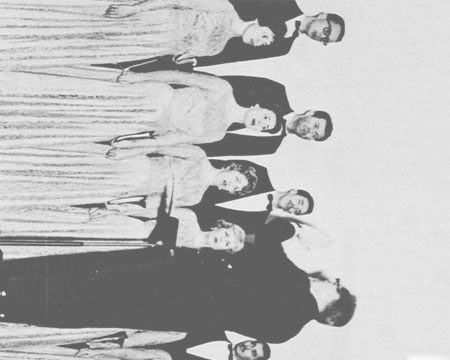
Gregg Smith Singers
1965-1966
The Gregg Smith Singers were an American choral ensemble that was established in 1955. The group was created at the University of California - Los Angeles when a graduate assistant assembled a group of undergraduate students from the music department to perform. The Gregg Smith Singers sang a wide range of music from as early as 15th century melodies to mid-twentieth century contemporaries.
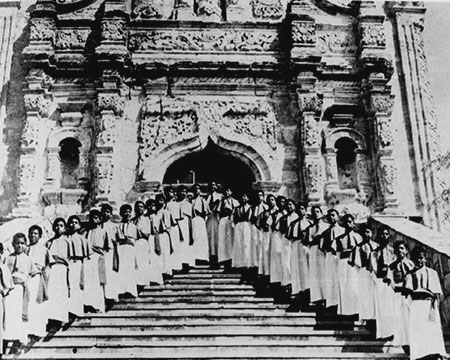
Singing Boys of Monterrey
1965-1966
The Singing Boys of Monterrey was composed of about 30 young boys from Mexico. The group was founded by Father Jose Jesus de Cortes with the goal to give underprivileged children of the community the opportunity for an education in the arts
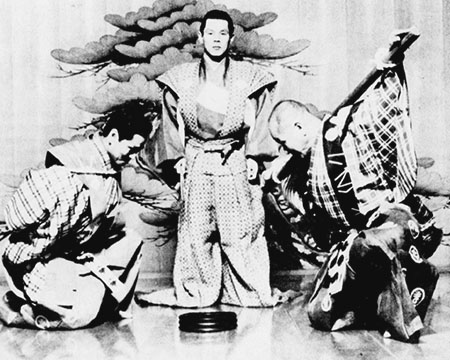
Noh
1970-1971
Noh is a type of classical theater that is found in Japan. Classical theater can be separated into two categories: noh (tragedy) and kyogen (comedy). A great emphasis is put on the design of the masks, because the masks are used as tools for symbolism and determining the characters' actions. Noh are made up of all male cast members, which is passed down from master to apprentice. This more often than not means passing the practice on from father to son.
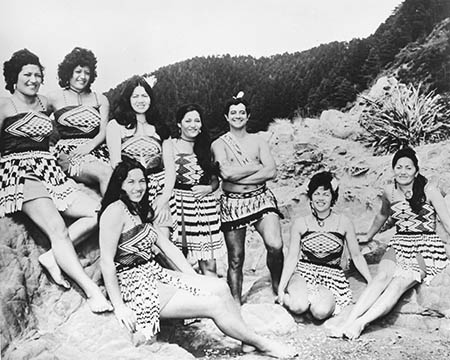
National Band of New Zealand and the Aotearoa Māori Dancers
1980-1981
The National Band of New Zealand and the Aotearoa Māori Dancers was established in 1953. It was a brass band that blended classical music with indigenous Māori melodies. It has won the international band festival at Toronto and has achieved the world champion marching title at the world music concourse on multiple occasions.
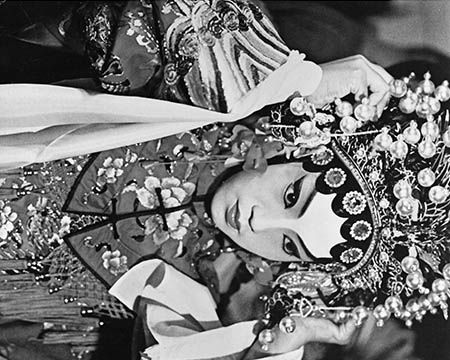
National Chinese Opera Theatre
1980-1981
The National Chinese Opera Theatre was originally formed in Taiwan. The performers wowed audience members with storytelling and acrobatics. These forms of entertainment were used to tell Chinese mythology and folklore. In this type of theater there are four types of actors: sheng (scholars and warriors), tan (female roles), ching (evil ministers and supernatural), and chou (clowns). The audience members can tell which type of actor is based on their costumes and makeup.
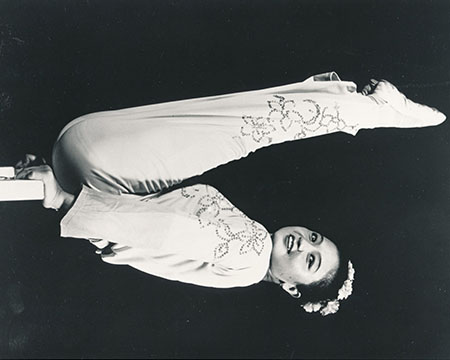
Peking Acrobats
1988-1989
Peking Acrobats wowed audiences with their amazing feats. They performed wire walking, trick cycling, and gymnastics. These tricks would not be possible without control, strength, balance, and practice
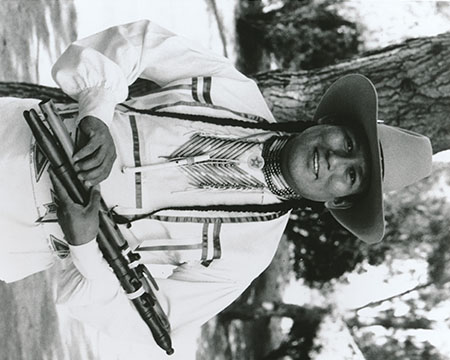
R. Carlos Nakai
1991-1992
R. Carlos Nakai is a member of the Navajo-Ute community. His instrument of choice is the flute. The music of the flute has significance to the Navajo-Ute community both socially and spiritually. Not only did Nakai entertain the audience with his music but also informed them about Native American cultures

Sandra Reaves-Phillips
1992-1993
Sandra Reaves-Phillips is a jazz and blues singer. Her speciality is recreating music in a one woman act. For example, she did renditions from Bessie Smith, Ethel Waters, Billie Holiday, and Dinah Washington
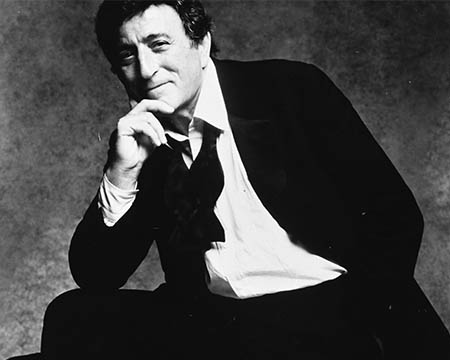
Tony Bennett
1992-1993
Tony Bennett participated in the artist series with Ralph Sharon as the music director. He performed songs from his album Perfectly Frank, a tribute to Frank Sinatra. Bennett began his singing career as a waiter and he later gained international recognition for over four decades.
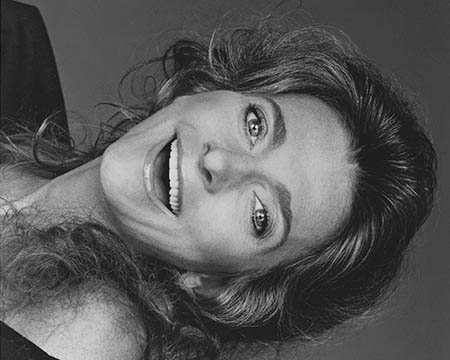
Judy Collins
1993-1994
Judy Collins has been a folk singer for over fifty years. At a young age she learned how to play multiple musical instruments. At fifteen years old she was training to become a professional pianist. Collins had the whole audience involved in her concert by having the audience sing choruses with her.
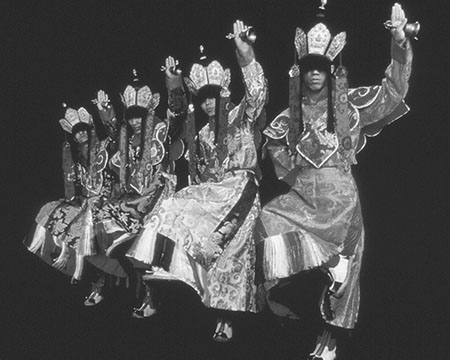
Tibetan Monks from the Drepung Loseling Monastery
1999-2000
The Tibetan Monks from the Drepung Loseling Monastery shared sacred rituals during the artist series. The monks traveled the world in order to raise awareness about Tibetan culture and to introduce other cultures to Buddhism. There were only a handful of protestors from the Chippewa Valley General Assembly that appeared in front of Zorn Arena, but the general consensus on campus was that the point of the performance was music and information, not confirmation. At the same time that this was going on Wagden Tashi, one of the performers, was severely ill and was later hospitalized due to internal bleeding.
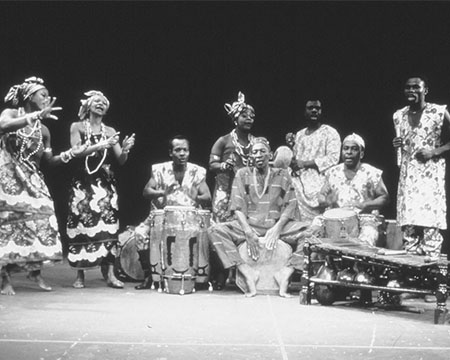
Odadaa
2001-2002
Odadaa was a song and dance group from Ghana that was formed in 1982. They combined local African music with theatrical art. Each piece of the production- the art, dance, and costumes, each had a specific purpose to engage with the audience.
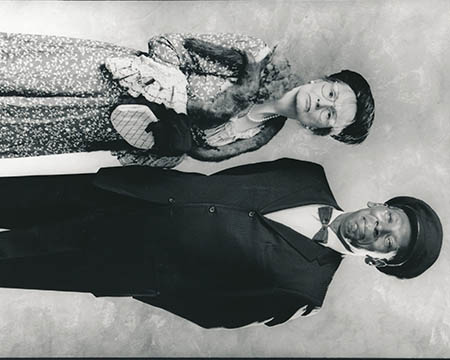
Play "Driving Miss Daisy"
2001-2002
The play Driving Miss Daisy won a Pulitzer Prize with its message of addressing prejudice in American society. The play takes place at the end of the 1940s to the beginning of the 1970s. It follows the lives of Daisy Werthan, an old widow, and her chauffeur Hoke Coleburn. The story follows how their relationship changes over time through each decade.
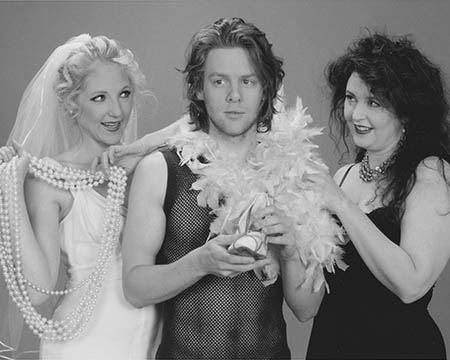
National Theatre of the Deaf play "Oh, Figaro!"
2002-2003
The play "Oh, Figaro" was presented in both English and American Sign Language (ASL). This Tony award winning romantic comedy was inspired by two French pieces. This storyline follows a young man traveling to the Hamptons and finding love and rivalries along the way.
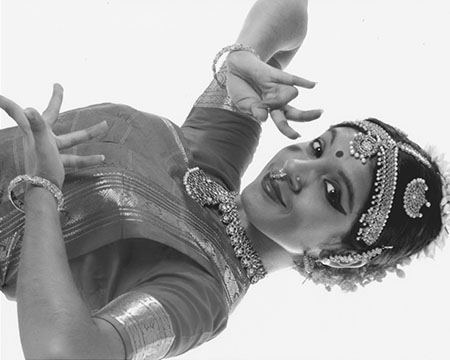
Ragamala Music and Dance Theater
2003-2004
Ragamala Music and Dance Theater: From Temple to Theater portrays the transformation of Bharatanatyam. Bharatanatyam is one of the ancient classical dance styles found in India recognized by the Sangeet Natak Akademi. This specific style of dance can be found in the southern region of India and was taught in Shaivism and Hindu temples two thousand years ago.

Ballet "Gran Folklórico de México"
2004-2005
Ballet "Gran Folklórico de México" performed Mexican songs and dances. These forms of entertainment combined ancient and modern Mexican music and dance. It drew heavily on Indigenous styles, such as ancient Mayan, Otomis, and Aztec.
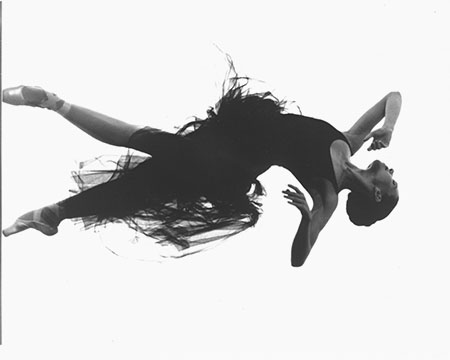
James Sewell Ballet
2006-2007
The James Sewell Ballet performed for the artist series twice within a ten year period. The ballets were performed in three forms - American Sign Language, classical ballet, and opera. Combining these forms of art was an innovative way to introduce different forms of art to the audience members.
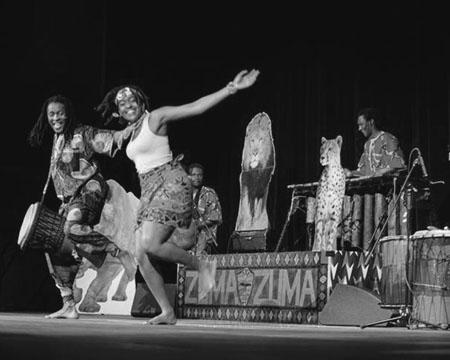
Cirque Zuma Zuma
2014-2015
Cirque Zuma Zuma is a major production that eliminated the stage. The group has been described as an African style Cirque du Soleil. Cirque Zuma Zuma has traveled around the world entertaining audience members with dancers, acrobats, and musicians.
